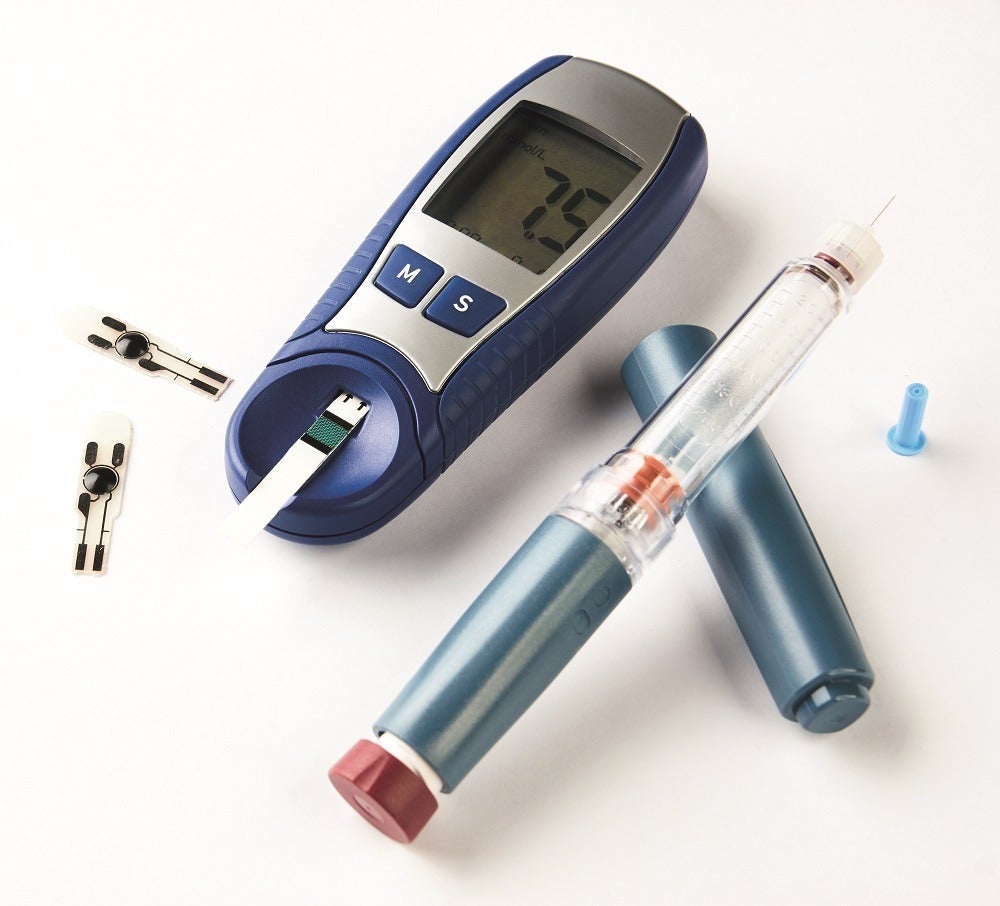
Founded in 1944, NSF International’s mission is to protect and improve global human health. Manufacturers, regulators and consumers look to NSF to facilitate the development of public health standards and certifications that help protect food, water, consumer products and the environment. The new EU MDR has been delayed until May 2021 due to the Covid-19 crisis, but it still raises a lot of uncertainty and concerns for these groups. Kim Trautman, executive vice-president, NSF International, talks about the challenges for the industry and how these can be addressed.
NSF International is an independent, global organisation that facilitates standards development, and tests and audits products to minimise adverse health effects and protect the environment. With the release of the new EU MDR, manufacturers, retailers and regulatory agencies have voiced their concerns and uncertainty over how best to adhere to these new regulations. Kim Trautman, executive vice-president at NSF International, breaks down these issues.
What are the key changes occurring with the EU MDR?
Kim Trautman: Firstly, in April, the EU Commission sent a proposal to the European Parliament recommending a postponement of the EU MDR deadline of May 2020 to May 2021. The biggest point to be made on this topic is that by no means should manufacturers stop or slow down their work to become compliant with the new MDR requirements. There is much work that is still needed by almost every manufacturer that will have to comply with these new laws. [The delay will] make up for lost time over the past couple of months as the world has been pivoted by Covid-19; it will not realistically add time.
Second, from a technical perspective, is the issue of not being able to rely upon equivalence data if that data is not owned by the manufacturer. Manufacturers are no longer allowed to use data published in the scientific literature pertaining to competitors’ products, in the same way, to state that their product is equivalent. They must have the specifications for the comparable device, which is highly improbable unless it is part of the same company. There will likely be some new clinical investigations or evaluations needed, depending on the risk. Another big change is the risk management and usability engineering throughout the life cycle of the device. There’s a practice in the risk management community that you can accept risk as low as reasonably practical (ALARP). The EU MDR talks about reducing risk to “as low as possible”. While this may seem like semantics, it’s really not. In addition, there are also a lot of different requirements for labelling, including possible risk statements as well as the unique device identification (UDI).

Are there additional post-market surveillance and other pre-market requirements?
Yes, post-market requirements go beyond typical reactive complaint handling. There are more specific requirements under the EU IVDR, such as post-market clinical follow-up, whether that be in clinical evaluation reports for regular devices or performance evaluation reports for in vitro diagnostic devices. And then there are new roles and responsibilities for economic operators in the pre-market and post-market arena, such as the authorised representative, legal manufacturer, importer or distributor. Every single one of these changes will indirectly or directly affect the quality management system. To meet these new requirements, manufacturers must break down the silos that traditionally exist between regulatory affairs, quality assurance and other parts of the organisation that contain a variety of post-market data sources.
What are the time frames for the EU MDR and how can manufacturers prepare?
The main deadline for the EU MDR is May 2020, unless changed by the EU Parliament in May. Manufacturers are allowed to maintain their current certifications until they expire. However, if a manufacturer makes a ‘significant change’ after the implementation date, it has to switch to the new regulation and be prepared for those changes. While the deadline for the IVD Regulation is May 2022, IVD manufacturers must also be prepared. Preparations typically start with a gap analysis, comparing the current processes and procedures with what the regulation requires. From there, they need to march through a very methodical, project-managed timeline to start handling some of those gaps. Companies have to decide whether they are going to hire additional resources in-house or if they will be going outside to third parties for some of these functions. Ultimately, a manufacturer’s QMS must be able to sustain these changes and also remain compliant with the requirements of ISO 13485:2016.
How does NSF help companies to implement these procedures?
NSF International has many experts on EU regulations, including several who are ex-regulators who worked in the EU, and we can provide full-service technical expertise from clinical trials through all the different post-market reporting and activities. NSF International goes beyond traditional consulting. We have people involved in clinical studies, clinical evaluation reports, tech file remediation, performance evaluation reports and more. We are now helping many companies remediate current files and updated documentation to the new requirements. In addition, we are continually producing e-learning resources and face-to-face training because regulations are constantly changing. If people haven’t thought of some of these things, there is a fantastic e-learning module on the new regulation. A call to action is the biggest message. Companies cannot wait – whether the date is May 2020 or May 2021 – for more guidance: They need to act now and continue those efforts over the next several years as these requirements evolve.

What services does NSF offer to aid compliance with the EU MDR?
NSF International provides tools and solutions to ensure compliance with the EU MDR/IVDR. We do this through a range of consulting services, including regulatory and clinical strategy planning, quality audits, training courses and the development of regulatory submissions.
Our e-learning courses include ‘European Union medical device regulation – EU MDR’; ‘FDA medical device reporting (MDR)’; ‘Medical device regulatory requirements (five-course bundle – US, Japan, Australia, Brazil and Canada or by individual country)’; ‘Design controls for medical devices and IVDs’; and ‘Data integrity: overview and documentation completion, review and approval’.
This article originally appeared in Volume 1, 2020, of Medical Device Developments. The full issue can be viewed here.






